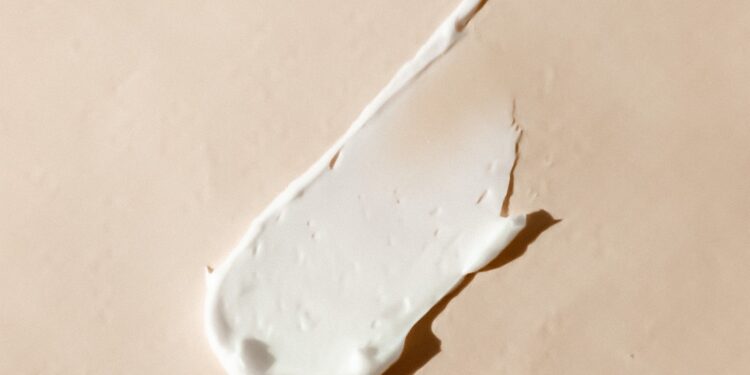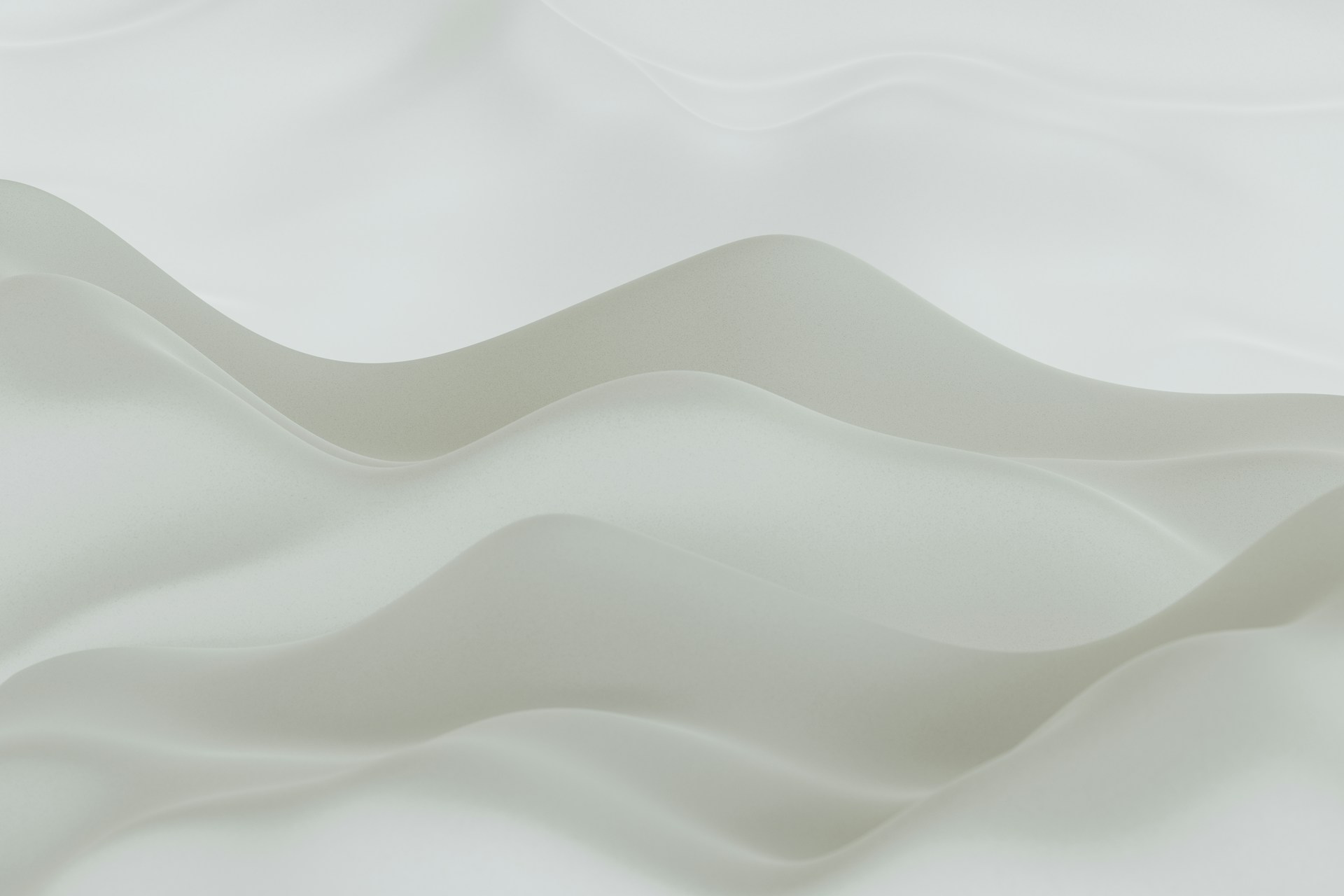The Ultimate Guide to Contouring and Highlighting
Contouring and highlighting have become staple techniques in the world of makeup. These techniques can transform your face, enhance your features, and create a flawless, sculpted look. If you are new to contouring and highlighting or want to refine your skills, this ultimate guide is here to help you master the art.
What is Contouring?
Contouring involves using a matte product that is a few shades darker than your skin tone to create the illusion of shadows and depth on your face. By strategically applying the contour product to certain areas, you can sculpt and define your features. Contouring is often used to sculpt the cheekbones, narrow the nose, define the jawline, and minimize the appearance of a double chin.
Choosing the Right Contour Shade
Finding the perfect contour shade for your skin tone is essential. Select a matte powder or cream product that is a few shades darker than your natural skin color. Avoid going too dark, as it can look unnatural. For fair skin tones, opt for a cool-toned contour shade, while warm-toned shades work best for medium to deep skin tones.
Tools for Contouring
To achieve a seamless contour, you will need the right tools. An angled brush or a stippling brush is perfect for powder contour application. If you prefer cream contour products, a sponge or a densely packed brush will be your best friends. Always make sure your tools are clean and well-maintained to avoid any unwanted streaks or patchiness.
Contouring Techniques
Now that you have your contour shade and tools ready, it’s time to learn the techniques. The first step is to identify the areas you want to contour. Common areas to contour include the hollows of your cheeks, along the hairline, and under the jawline. Start by lightly applying the contour product and gradually build up the intensity. Remember to blend, blend, blend, until you achieve a natural-looking finish. Harsh lines or unblended product can make your contour look artificial.
What is Highlighting?
Highlighting is the opposite of contouring; it involves using a light-reflecting product to bring forward the areas of your face that you want to emphasize. Highlighters add a radiant glow to your skin, making it look healthy, youthful, and luminous. Common areas to highlight include the cheekbones, bridge of the nose, cupid’s bow, brow bone, and inner corners of the eyes.
Choosing the Right Highlighter
Just like contouring shades, choosing the right highlighter is crucial. For a natural-looking glow, opt for highlighters that have a similar undertone to your skin. Cool-toned highlighters work well for fair skin tones, while warmer tones complement medium to deep skin tones. Experiment with powder, liquid, or cream highlighters to find the formula that best suits your preferences.
Tools for Highlighting
Different tools work best for different formulas. Powder highlighters can be applied using a fluffy brush, while a small brush or your fingertips work well for creams and liquids. When applying highlighter, it’s important to use a light hand to avoid a heavy, over-the-top shine. Start with a small amount and gradually build it up until you achieve your desired level of radiance.
Highlighting Techniques
To achieve a stunning highlight, focus on the high points of your face. Apply the product to the tops of your cheekbones, down the bridge of your nose, on your cupid’s bow, and lightly dust it on your brow bone and inner corners of your eyes. Blend well to avoid any harsh lines. Remember, less is more, and a subtle, natural glow is often more flattering than an intense shimmer.
Final Tips and Tricks
To ensure a flawless contour and highlight, here are some additional tips:
1. Always start with a well-moisturized face and apply a primer to create a smooth canvas.
2. Use a foundation before contouring to even out your skin tone.
3. Blend, blend, blend. This cannot be emphasized enough. Blending is the key to achieving a seamless finish.
4. Consider your face shape when contouring. Different face shapes require different contouring techniques.
5. Don’t be afraid to experiment and play with different products and techniques. Everyone’s face is unique, so what works for others may not work for you.
6. Practice makes perfect. Don’t be discouraged if you don’t get it right the first time. Keep practicing, and soon enough, you’ll be a contouring and highlighting pro.
Contouring and highlighting can be intimidating at first, but with the right techniques and a little practice, you can achieve a flawless, sculpted look. Remember, makeup is all about self-expression and enhancing your natural beauty. So have fun, experiment, and embrace your inner artist. Now go out there and slay your contour and highlight game!















